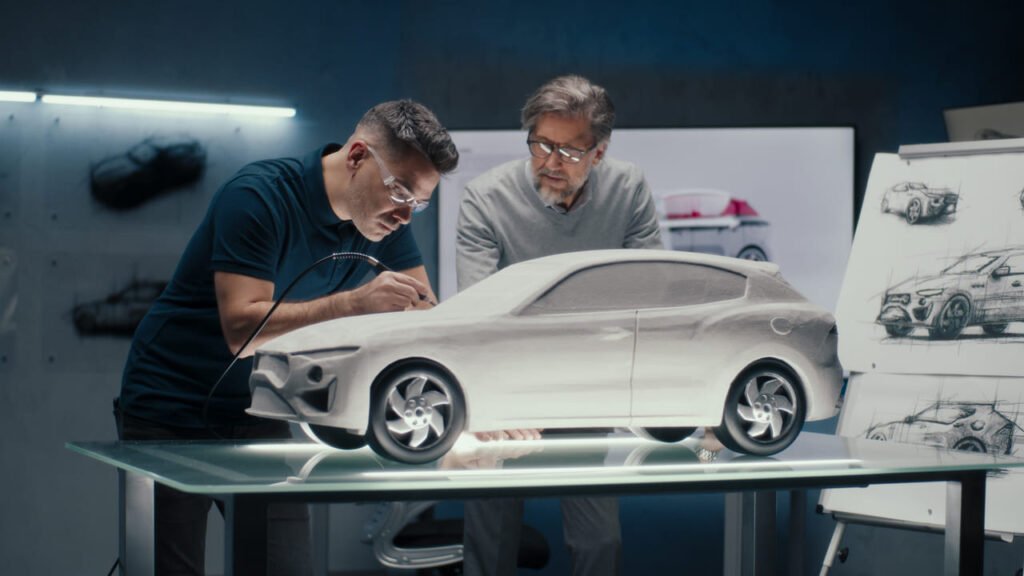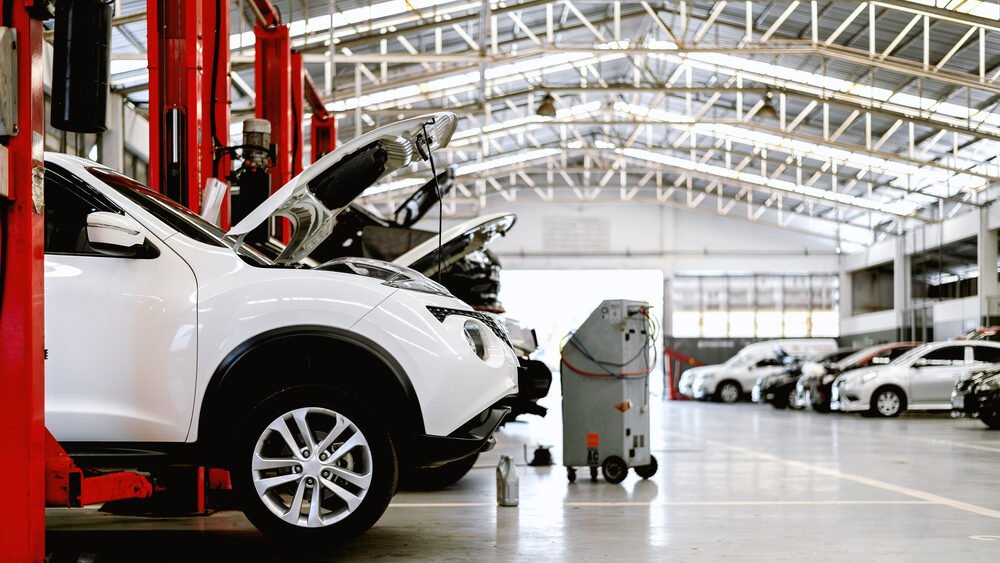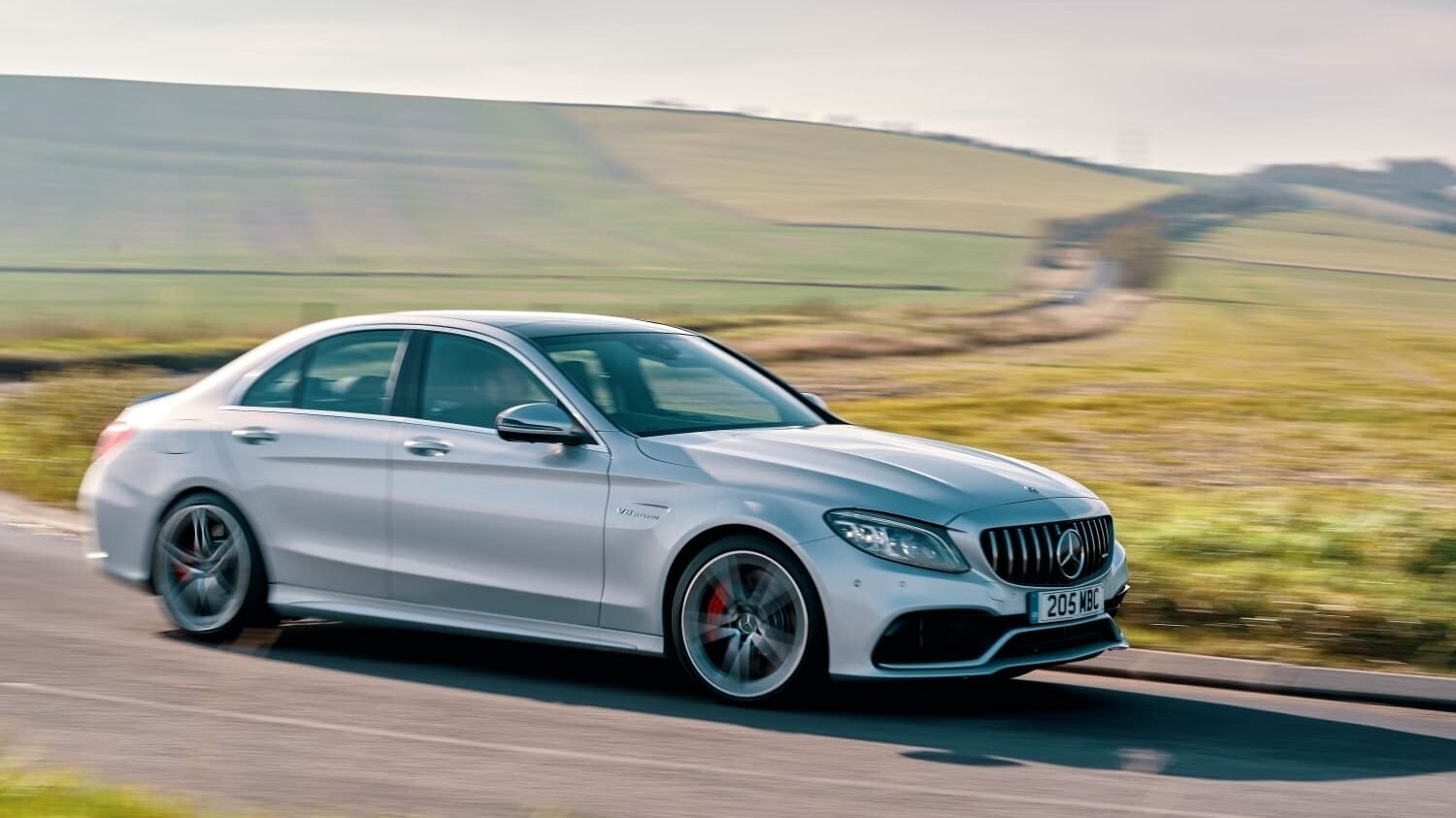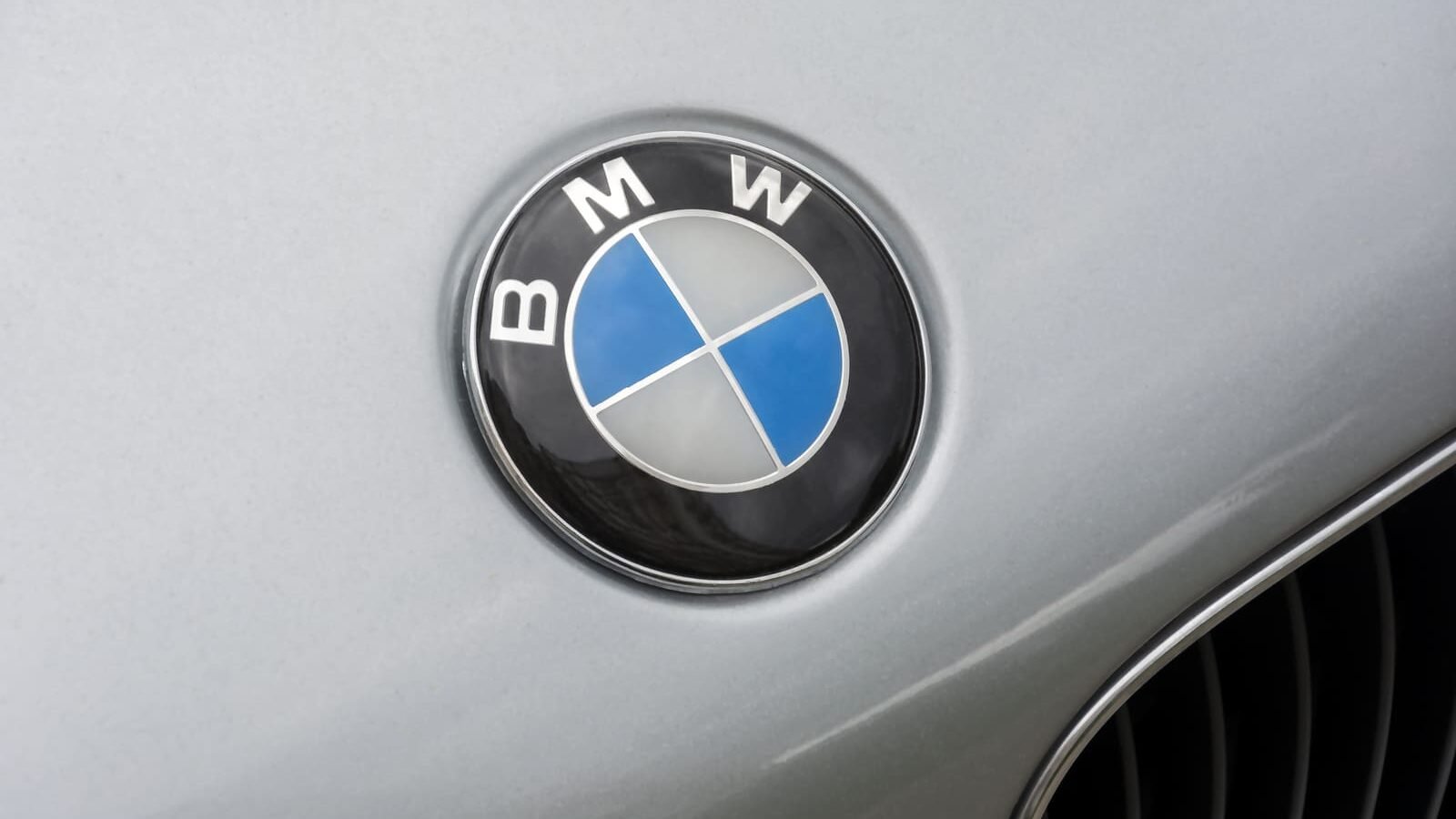If you’re in the U.S. and shopping for an imported car, you’ve got three main choices: German, Japanese, and Korean cars. These three have dominated the global automotive conversations for decades, each region forging a distinct reputation for design, reliability, technology, and overall driving experience.
Of course there are also options from English, Italian, or Swedish manufacturers, but we strongly recommend avoiding these—except for the Mini (we’ll cover that in another article).
As for brands from France, Spain, the Czech Republic, Russia, or China, they’re not currently available in the U.S. market, so we’ll skip those for now.
Now back to the German, Japanese, and Korean brands, sorting through these three can feel overwhelming sometimes—especially if you’re trying to balance cost, style, and long-term dependability.
To keep things fair, we’ll compare the strengths of each of the three main regions, giving them all an equal shot to stand out, so you can make the best decision for your driveway. Let’s dive in:
Historical Context: From Wartime Recovery to Global Titans
Germany: Rebuilding an Empire on Wheels
German automakers trace their roots to the pioneers of the automobile itself—Karl Benz and Gottlieb Daimler. Post–World War II, companies like Volkswagen revived the economy with iconic cars (the Beetle) and eventually branched into premium segments with BMW, Mercedes-Benz, and Audi. Their engineering precision, performance focus, and robust build quality cemented Germany as a leading automotive powerhouse.
Japan: Rising from the Ashes
Similarly devastated by war, Japan channeled efforts into economic resurgence with cost-effective, reliable cars that appealed to both domestic and international markets. Toyota, Nissan, and Honda championed new production techniques (e.g., lean manufacturing, Kaizen) that revolutionized vehicle reliability. By the 1970s and 1980s, Japanese brands were recognized globally for low maintenance costs and excellent fuel efficiency.
Korea: The Underdog’s Rapid Ascent
Korean automakers, namely Hyundai and Kia, emerged onto the global stage much later—initially criticized for basic engineering and questionable durability. However, over the past two decades, they’ve skyrocketed in quality and design, challenging both Japanese and some European rivals. With advanced warranties and competitive pricing, Korean brands have carved out a remarkable slice of the global market.

Design and Engineering Philosophies
German Cars: Precision and Performance
German manufacturers emphasize a balance between performance and refinement. From the sporty lines of a BMW M3 to the understated elegance of a Mercedes E-Class, their aesthetics often combine bold angles, aerodynamic efficiency, and precision craftsmanship. Under the hood, German engineering is revered for advanced powertrains—turbocharging, direct injection—reflecting a commitment to high-speed cruising on autobahns.
Japanese Cars: Simplicity and Reliability
Japanese design historically leaned toward function over flamboyance, focusing on reliability, user-friendly controls, and efficient powertrains. Modern Japanese models incorporate more flair (think Toyota’s recent styling or Mazda’s “Kodo” design), but the essence remains: minimize complexity and ensure the vehicle can run smoothly for years with minimal fuss.
Korean Cars: Rapid Evolution and Trendy Styling
Once considered conservative, Korean brands shifted to edgy, modern designs under the guidance of ex-European design chiefs. Hyundai’s “Sensuous Sportiness” and Kia’s “Opposites United” design language yield bold front grilles, sleek headlight arrays, and sophisticated cabin layouts. Their engineering approach aims for simplicity akin to Japanese cars, but with increasingly refined ride quality and advanced features.

Reliability and Maintenance
German Brands’ Reputation
Although German engineering is admired for performance, long-term reliability has become a contentious point. Luxury models brimming with electronics (like from Audi or BMW) can suffer from electrical gremlins, complicated transmissions, and expensive mechanical failures once the warranty expires. Maintenance intervals are typically well-defined, but the parts and labor costs can be prohibitive.
Japanese Consistency
Japanese automakers—Toyota, Honda, Subaru, Mazda—regularly top reliability charts. Their engineering philosophy prioritizes robust mechanical designs, reducing complex gadgetry that might fail over time. Routine maintenance is relatively cost-effective, and high-mileage longevity is almost a given if you stay on schedule.
Korean Surge in Dependability
Korean brands like Hyundai and Kia faced reliability questions in their early years. However, modern iterations rank highly in J.D. Power and Consumer Reports reliability studies. They typically offer extensive warranties (5 years/60,000 miles bumper-to-bumper, 10 years/100,000 miles powertrain), demonstrating confidence in their vehicles. Maintenance costs are generally moderate, though not always as low as Japanese brands.

Performance and Driving Experience
German Handling and Horsepower
BMW’s tagline “Ultimate Driving Machine” underscores a heritage of rear-wheel drive performance, agile chassis tuning, and potent engines. Audi’s Quattro AWD fosters confident handling, especially in bad weather, while Mercedes masterfully blends comfort with sporty dynamics in AMG trims. Hot hatches from Volkswagen (e.g., Golf GTI) also embody driver-centric engineering.
Japanese Balance
While some might associate Japanese cars with blandness, certain brands excel in sports and performance: Nissan GT-R, Honda Civic Type R, Toyota GR86, Mazda MX-5. Yet the majority aim for reliable daily commutes, prioritizing fuel efficiency and ride comfort over raw speed. The result is a consistent, predictable driving feel that satisfies a broad market.
Korean Versatility
Hyundai’s “N” division (Veloster N, i30 N) and Kia’s GT trims (Stinger GT) show that Korean brands can deliver spirited performance. However, mainstream models emphasize a smooth, comfortable ride with good acceleration but not necessarily track-level performance. Steering feedback and chassis dynamics are improving each generation, bridging the gap with Japanese and even some German offerings.

Brand Perception and Luxury Offerings
Germany’s Premium Heritage
Brands like Audi, BMW, Mercedes-Benz, Porsche define premium and luxury motoring, competing fiercely with each other. Even mainstream German brands (Volkswagen) present a more upmarket vibe than typical economy vehicles. Interiors often feature fine leathers, advanced infotainment, and minimalistic yet upscale design.
Japan’s Upscale But Reserved Approach
Lexus, Acura, and Infiniti reflect the premium side of Japanese design, albeit overshadowed by German badges in brand prestige. Yet they often win in reliability. Mainstream Japanese brands aren’t necessarily “luxury,” but top trims (e.g., Toyota Highlander Platinum, Honda Accord Touring) edge into premium territory.
Korean Luxury Emergence
Genesis—spun off from Hyundai—now competes with global luxury icons, offering sedans (G70, G80) and SUVs (GV70, GV80) that match or surpass European interiors and tech. Both Hyundai and Kia also produce near-luxury trims on mainstream models, bridging the gap for budget-minded consumers craving upscale comfort.
Technology and Innovation
German Technological Edge
German automakers lead in advanced driver aids, performance tuning, infotainment systems (Mercedes MBUX, BMW iDrive), and hybrid or electric powertrains. They introduced features like direct injection, dual-clutch transmissions, and advanced chassis electronics to mainstream markets. However, complex tech can hamper reliability.
Japanese Steady Advancements
While not always first to market with flashy innovations, Japanese brands refine proven technologies for robust functionality. Toyota’s hybrid system is arguably the gold standard in reliability for electrification. Honda invests in smaller turbocharged engines, high-tech CVTs, and efficient packaging.
Korean Rapid Adoption
Kia and Hyundai integrate advanced infotainment (large touchscreens, smartphone connectivity) and driver assists (lane follow assist, advanced cruise control) quickly, often at lower price points. Their electric vehicles (Hyundai Ioniq, Kia EV6) illustrate cutting-edge charging technology and range improvements.
Cost of Ownership: Parts, Service, and Depreciation
German Premium Pricing
While lease deals might appear competitive, out-of-warranty German vehicles can be expensive to maintain. Labor rates at specialized mechanics or dealerships are high, and parts—especially for performance models—carry a premium. Depreciation can also be steep if the brand experiences reliability concerns or if the model saturates the used market.
Japanese Affordability and Value Retention
Historically, Toyota, Honda, and Subaru deliver strong resale values and moderate maintenance costs. Parts are widely available, and independent mechanics often know these brands well. Depreciation is slower, especially for in-demand models like the Toyota RAV4 or Honda CR-V.
Korean Competitive Edge
Hyundai and Kia sweeten the deal with robust warranties, offsetting reliability doubts. Parts costs have historically been lower than German brands, though possibly not as cheap as mainstream Japanese. Resale values have improved significantly, though not always at the level of top-tier Japanese models.
Sustainability and Environmental Impact
German Emissions Struggles
Despite championing diesel technology for decades, the German auto industry faced scandal (Dieselgate) over emissions tampering. They’ve since shifted focus heavily toward EVs and plug-in hybrids, with strong lineups from Volkswagen ID series, Audi e-tron, BMW i sub-brand, and Mercedes EQ range.
Japanese Hybrid Dominance
Japanese automakers excel at hybrid solutions. Toyota, for instance, leads global sales in hybrids (Prius, RAV4 Hybrid, Corolla Hybrid), drastically cutting CO2 for city commutes. Nissan invests in EVs like the Leaf, while Honda pursues advanced hybrid systems (e:HEV) across the range.
Korean Rapid EV Adoption
Hyundai and Kia aggressively push electric cars (Kia EV6, Hyundai Ioniq 5), claiming fast-charging tech and commendable range. This swift embrace of electrification underscores the brand’s ambition to compete with—and even surpass—traditional automakers in sustainable mobility.
Regional Market Presence and Success
Germany’s Global Prestige
German brands enjoy worldwide recognition, especially in premium segments. BMW, Mercedes, and Audi remain status symbols from Shanghai to Los Angeles, albeit with stiff competition. Volkswagen leads mass-market sales in Europe, though it faced challenges in North America.
Japan’s Multi-Regional Dominance
Toyota ranks as the world’s top automaker by volume, thriving across continents thanks to reliability and wide product ranges. Honda’s success in North American markets is robust, especially with the Civic, Accord, and CR-V. Nissan continues to be a major player but faced corporate upheavals in recent years.
Korea’s Explosive Growth
Hyundai Motor Group (which includes Kia, Genesis, and Hyundai) soared in markets like the U.S., Europe, and India with stylish vehicles and strong warranties. Their share in SUV segments continues to rise, challenging established Japanese and German models.
Future Trends: EVs, Hybrids, and Autonomous Tech
Germany’s Electrified Overhaul
Volkswagen invests billions in its MEB platform for electric vehicles, aiming to dethrone Tesla in mass-market EV sales. Audi e-tron, BMW i4, and Mercedes EQ series show high-end EV intentions. Autonomous driving R&D also remains a priority for advanced driver aids.
Japan’s Hybrid Evolution
Toyota’s solid-state battery research, Honda’s continued emphasis on efficient hybrids, and Nissan’s early EV leadership (Leaf) shape the next decade. Although full EV adoption in Japan lags behind Europe or the U.S., Toyota’s approach to hydrogen (Mirai) and e-fuels remains unique.
Korea’s Quick Adaptation
Hyundai’s E-GMP platform for EVs (Ioniq 5, Kia EV6) garnered international accolades. Hyundai invests heavily in hydrogen FCEVs (Nexo) and seeks advanced autonomy in future models. Speedy innovation could see them matching or outpacing some European manufacturers in next-gen technologies.
Pros and Cons: German, Japanese & Korean Cars
German Pros & Cons
Pros:
- Exceptional performance, driving dynamics.
- Cutting-edge luxury features.
- Renowned brand image.
Cons:
- High maintenance costs post-warranty.
- Electronics can be complex and error-prone.
- Steep depreciation for certain models.
Japanese Pros & Cons
Pros:
- Strong reliability and longevity.
- Lower overall maintenance and operating costs.
- Broad range of hybrid and practical family vehicles.
Cons:
- Conservative styling in some models.
- Less brand prestige at the ultra-luxury tier.
- Some advanced tech features lag behind premium German rivals.
Korean Pros & Cons
Pros:
- Competitive pricing, extensive warranties.
- Rapid improvements in design, reliability, and technology.
- Growing presence in performance and luxury segments via N and Genesis.
Cons:
- Brand prestige is still evolving, especially in global luxury perception.
- Some older models faced build-quality issues.
- Resale values, while improving, vary widely.
Final Thoughts: Choosing the Right Vehicle for You
German, Japanese & Korean Cars each have unique strengths. German brands deliver exhilarating performance and refined luxury but at higher costs and potential reliability headaches. Japanese manufacturers champion reliability, efficiency, and a steady approach to innovation. Korean automakers fuse affordability with swift leaps in quality, offering some of the best value in the market.
Factors to Weigh
- Budget and Maintenance: Can you handle expensive parts or do you want lower maintenance costs?
- Driving Style: Desire sporty handling or a comfortable daily driver?
- Brand Image: Is a luxury badge essential, or is reliability enough?
- Future Tech: Are you leaning toward hybrids or EVs, and how do local dealers service them?
No universal “right answer” applies to all drivers. A performance enthusiast might prefer a German sports sedan, a busy commuter could favor a reliable Japanese hybrid, while a style-conscious buyer might see potential in a Korean SUV with advanced tech. Ultimately, test drives and thorough research on each brand’s reliability record ensure you pick a car that suits your lifestyle and wallet.
If you found this post insightful, you might also like “Difference Between Build Quality & Material Quality in the Automotive Industry.“ Explore our site for expert car reviews, in-depth buying guides, and the latest industry insights. There’s plenty more to discover, so take a look around—and don’t forget to bookmark us for future updates!

